Best Time for Waterproofing Applications
Waterproofing is a critical process to protect structures from water intrusion, which can lead to damage, mold growth, and structural deterioration. Proper timing ensures the effectiveness and longevity of waterproofing treatments. The optimal period for waterproofing varies based on climate, weather conditions, and the specific type of waterproofing material used.
Spring offers moderate temperatures and lower humidity, making it ideal for waterproofing projects before heavy rainfall begins.
Summer provides warm, dry weather, suitable for waterproofing, especially in regions with predictable dry spells.
Applying waterproofing in fall helps prepare structures for winter, preventing water ingress during freeze-thaw cycles.
Winter is generally unsuitable due to freezing temperatures and increased moisture, which can impair waterproofing materials' adhesion and effectiveness.
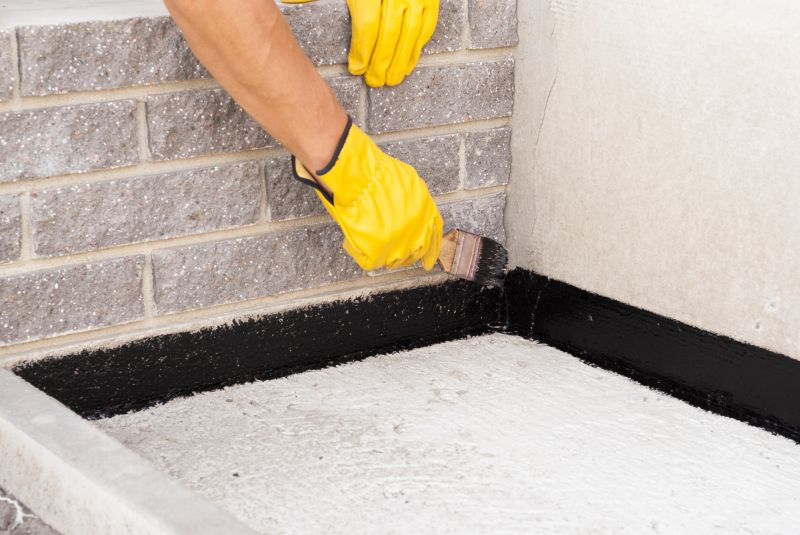
Optimal conditions for sealing surfaces before heavy rains.
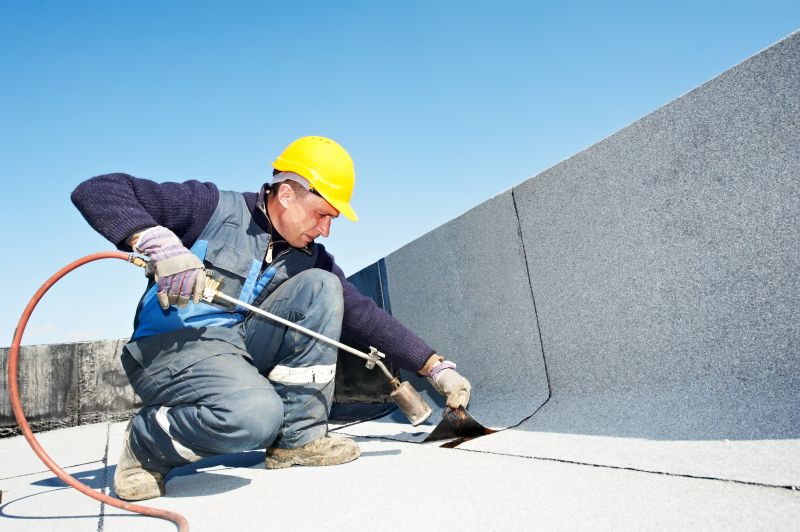
Best during warm, dry periods for durable results.
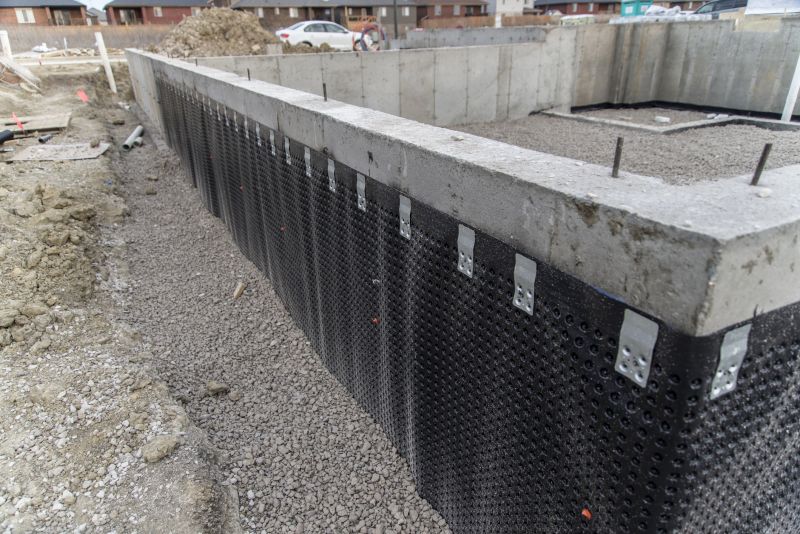
Prepares structures for winter freeze-thaw cycles.
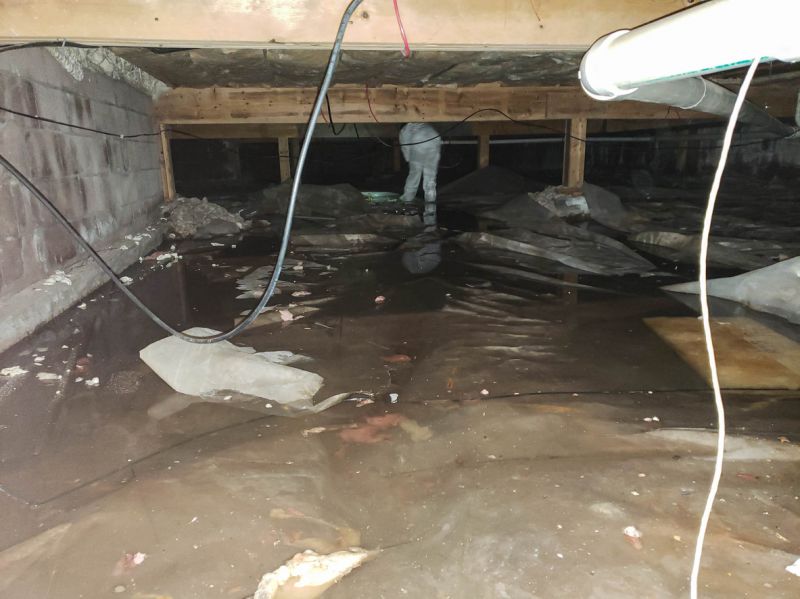
Ways to make Waterproofings work in tight or awkward layouts.
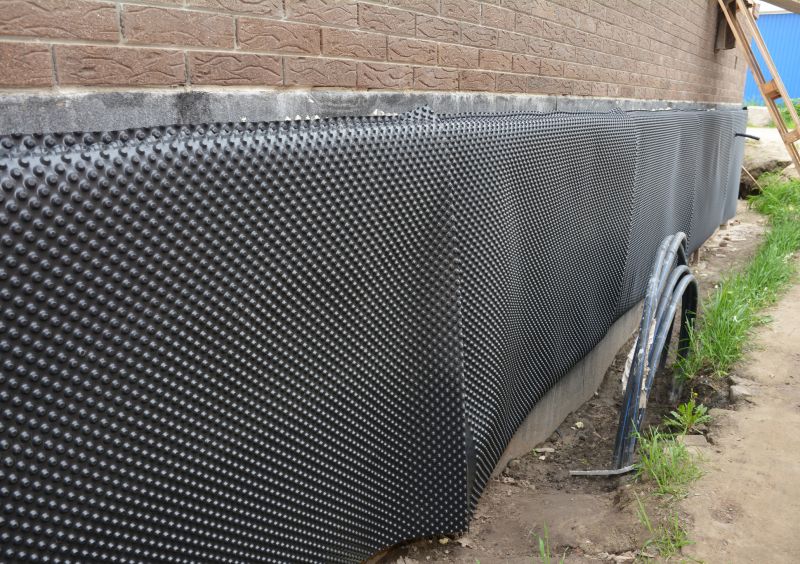
Popular materials for Waterproofings and why they hold up over time.
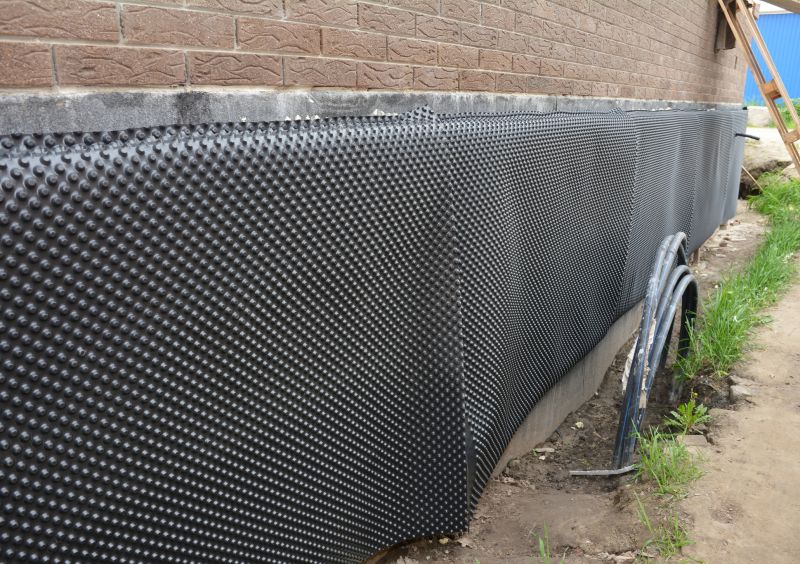
Simple add-ons that improve Waterproofings without blowing the budget.
Waterproofings involve applying specialized materials to prevent water penetration in buildings and structures. These treatments are essential in maintaining the integrity of foundations, roofs, basements, and other vulnerable areas. Different waterproofing methods include membrane application, sealants, coatings, and drainage systems, each suited for specific conditions and surfaces.
Statistics indicate that water intrusion accounts for a significant percentage of structural damages in buildings, with repair costs often exceeding initial waterproofing investments. Properly timed waterproofing can extend the lifespan of structures, reduce maintenance expenses, and prevent costly repairs caused by water damage.
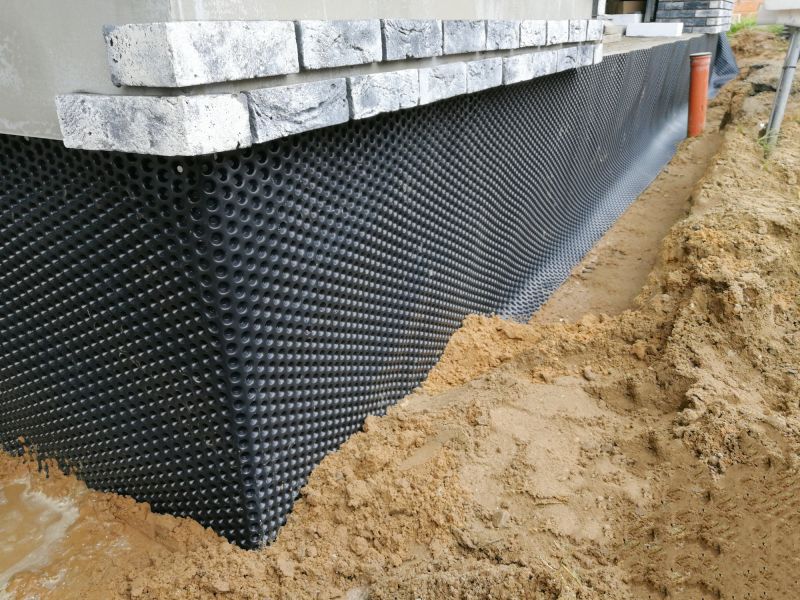
Applying membranes on roofs and foundations.
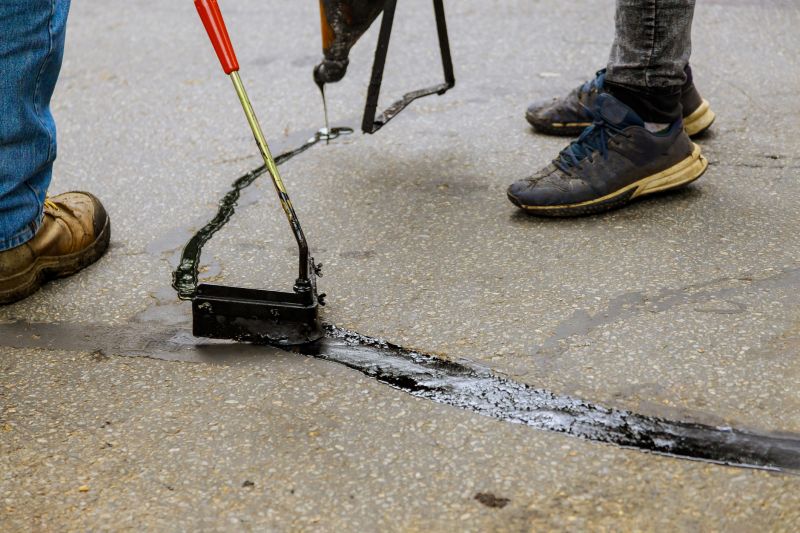
Using sealants to prevent water seepage.
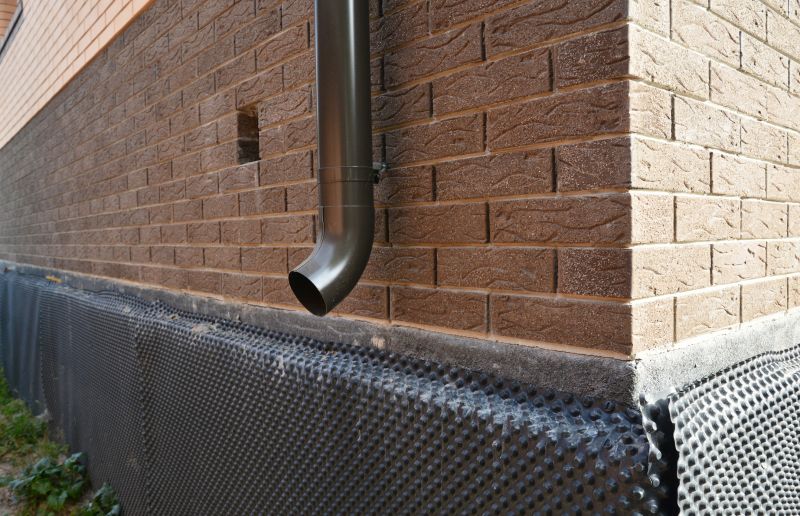
Installing to divert water away from structures.

Enhancing surface resistance to water.
| Season | Ideal Conditions |
|---|---|
| Spring | Moderate temperatures, low humidity, before heavy rains. |
| Summer | Warm, dry weather, predictable dry spells. |
| Fall | Cooler temperatures, before winter freeze. |
| Winter | Not recommended due to freezing temperatures. |
| Late Fall | Suitable for preparing structures for winter. |
| Early Spring | Good for initial waterproofing before rainy season. |
Choosing the right time for waterproofing depends on local climate conditions and specific project requirements. Consulting with waterproofing professionals can help determine the best period for application to maximize durability and effectiveness.
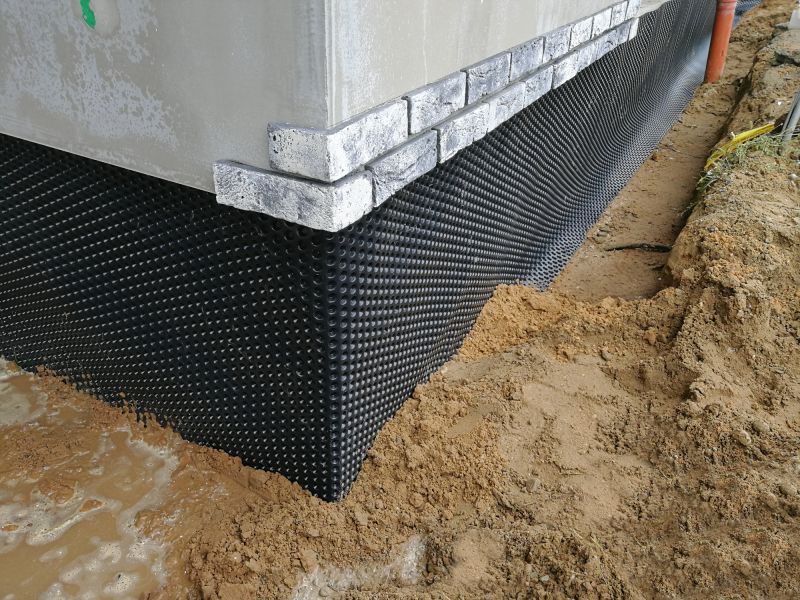
Ensures structural stability against water infiltration.

Protects against leaks and water damage.
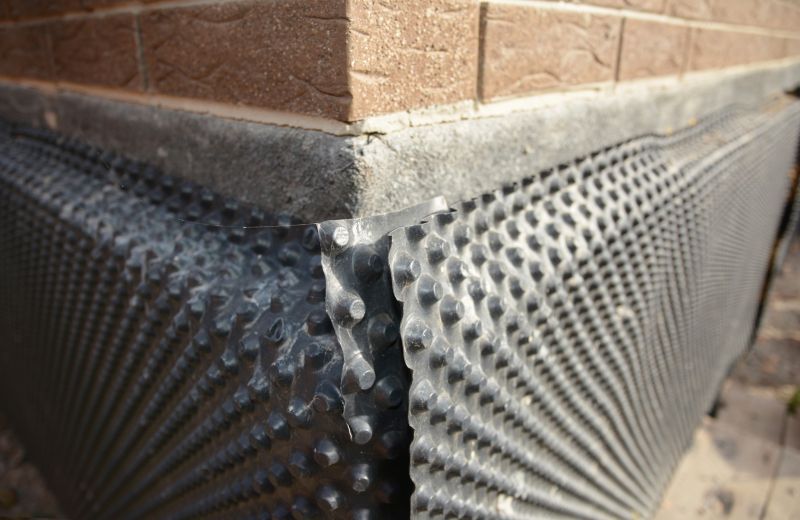
Prevents seepage and mold growth.
Interested in waterproofing services? Filling out the contact form can provide more information about suitable options and scheduling. Proper timing and application techniques are essential for long-lasting protection against water damage.


